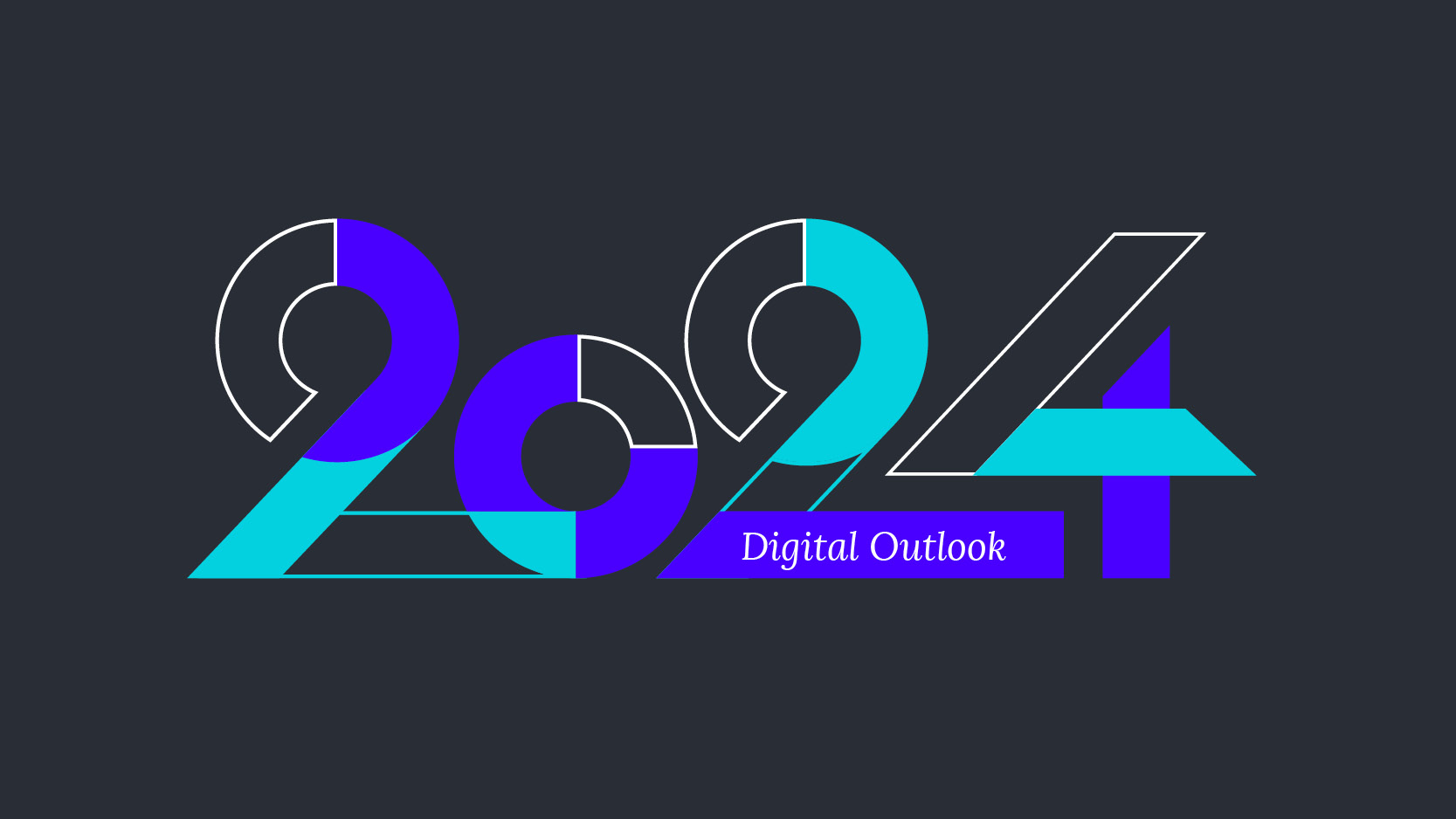.png)
Featured Content
Create Space For Your Brand During the 2024 Election Cycle
This is going to be a record-breaking year for political advertising. The tide is rolling in already. But what’s a brand to do if it wants to get its share of voice during a seemingly never-ending political cycle? This eBook explores ways to make sure your brand gets the attention it deserves and owns its share of voice.

Stay current with The Verse, our industry newsletter. Sign Up Now
.png)

Beyond Cookies: Cookieless Advertising Techniques for Audience Targeting Solutions

Media Now Interactive’s 2024 Digital Outlook

Media Now Political: Connect with Female Voters Using Targeted Media Tactics

The Growing Influence of OTT in Media Strategy

Right on Target: The Unfailing Aim & Precise Reach of Magazine Ads

The Travel Marketing Journey from Search to Bookings

Media Strategy 101: The Generational Targeting Roundup
You Pick, We Present
Choose a custom Media Now presentation and we'll arrange for an event or webinar.
From marketing fundamentals to niche thought leadership, Media Now's signature presentations bring you the information you need to know in the advertising and marketing industry.